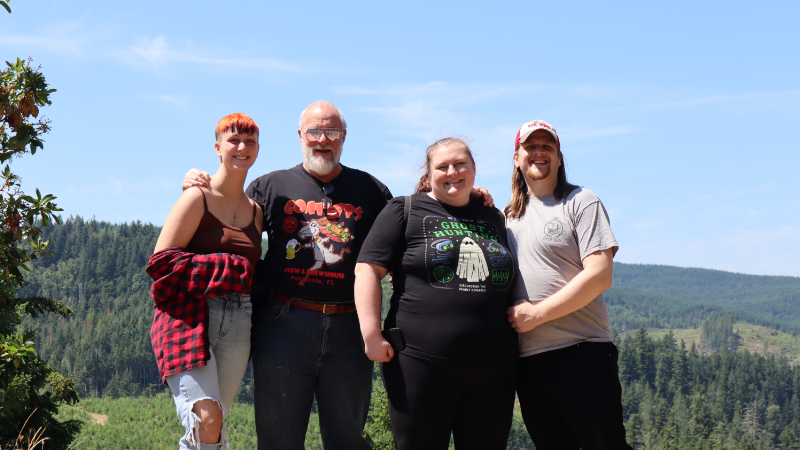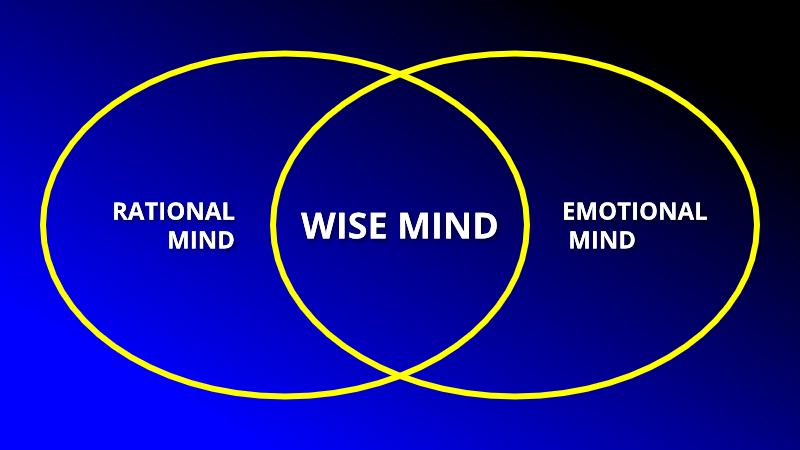
Body communications are a way of learning about how our bodies respond to emotional situations.
Automatic processes are processes that we have engaged in so often that we don’t even have to think about them anymore. Remember when you first learned to drive a car? You were probably nervous, trying to remember all the rules of the road, what all the gauges represented, which pedals and switches did what, and so on. But after a few weeks behind the wheel, driving a car is an automatic process. It may become so automatic that you can drive right past your exit while busily eating a cheeseburger and fiddling with the radio.
Riding a bike or roller skating can be an automatic process. Reading a book can be an automatic process. So can washing the dishes, folding laundry, or clicking through the television channels.
Many things in our lives, over time, become automaticized.
Moods can also be automatic processes. Moods are behavioral responses to emotional states. Over time we become accustomed to responding to certain emotions in certain ways. Sometimes these automatic mood processes are conscious, but sometimes they occur on a subconscious level.
Conscious processes are easier to change, simply because if they are conscious processes we are aware of them and we can consciously choose to interrupt the cycle and act in different ways if those automatic emotional processes are leading to results we don’t want.
But what do we do if our automatic mood processes are occurring on a subconscious level? If they’re subconscious, we are not consciously aware of them, so how do we learn to change them?
One answer to this is that subconscious processes often leave visible traces that we can be consciously aware of. Emotions have physiological responses. These physiological responses are body communications.
Body Communications and Subconscious Emotions
In previous blogs we discussed the “reptilian brain” response of ‘fight or flight.’ When that primal part of the brain is activated, the body responds in various ways. The good news is that this is the first part of the brain to be activated when a subconscious emotional process is triggered. This leads to body communications that can help detect these subconscious emotional reactions.
Suppose I’m headed out the door on the way to work and I see the garden hose out of the corner of my eye. Further suppose that the “fight or flight” part of my brain mistakes it for a snake. I have an automatic response. I might be startled and jump, or I might run away. If I turn to look at the garden hose and see that it is just a hose, then my conscious brain takes over and soothes the fight or flight instinct.
In this situation, the first thing that happened was the startle response. This is that subconscious ‘fight or flight’ trigger being activated. The second thing that happened was that my mind became consciously aware that it was a garden hose, and not a threat. My conscious mind became aware of the situation and overrode the subconscious response.
If we can learn to be more in tune with what our bodies are telling us at any given moment, we can be aware of when these automatic subconscious emotional responses are activated.
If we are aware of when these responses have been activated, we can consciously prepare ourselves to avoid acting out in emotionally aggressive ways.
Strong emotions usually have physical precursors. Do you clench your fists when angry? Do you break out in a sweat when anxious? Do you get butterflies in your stomach when confused?
Our bodies communicate emotional reactions before we become consciously aware of them. We can learn to be attuned to these physiological responses so that we can better predict strong emotions and be prepared for them.
How does your body communicate to you?
By becoming aware of these body communications, you are able to better predict when you are about to have a strong emotional reaction so that you can prepare yourself.
Your body is going to do what your body is going to do, but you don’t have to let it push you around! You can choose to be in control! The place to start is to begin to learn how your body reacts in emotionally difficult situations. When you learn your body’s way of communicating, you will be well on the way to modifying your responses to these situations.









